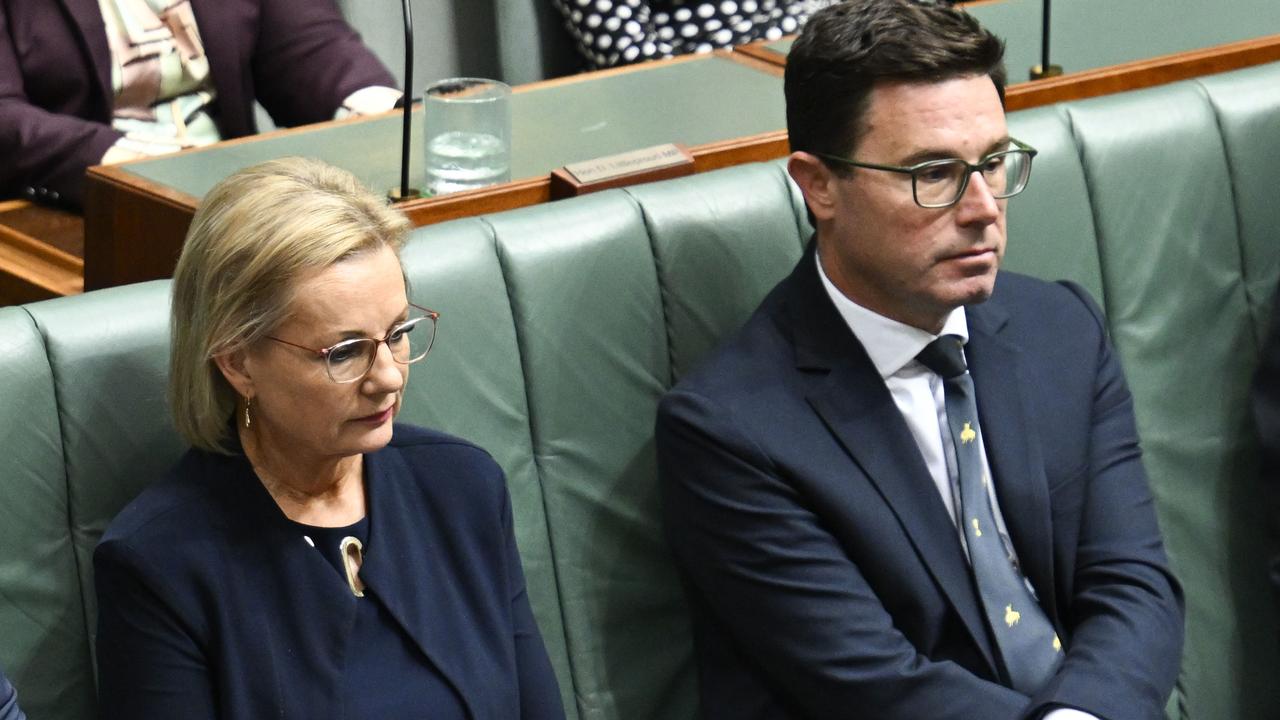Sunshine Coast population growth inevitable: demographer Simon Kuestenmacher
Growth is almost certain to continue unabated – now it’s up to authorities to ensure infrastructure growth keeps pace with the population influx, writes Simon Kuestenmacher

Opinion
Don't miss out on the headlines from Opinion. Followed categories will be added to My News.
The longer Sydney and Melbourne find themselves locked down; the more locals move to Queensland. We only got data up to March 2021 but the trend is clear, the big winner of the Australian population reshuffle is Queensland.
Add to this the pandemic-induced trend towards working from home, a huge millennial generation that is finally having kids and looking for family-sized, affordable homes – and regional Queensland has never looked better. Regional cities with decent airports are even more attractive. Does that sound like the Sunshine Coast to you?
Let’s examine if the strong population growth trend north of Brisbane will continue once national borders are open and Melbourne and Sydney are out of lockdown.
At 350,000 the Sunshine Coast is currently listed as the 9th largest city in Australia. Pre-pandemic forecasts were bullish, expecting it to grow to 660,000 by 2050 and overtake Newcastle to climb to rank 8. Give it an extra decade and rank 7 is in sight (sorry Canberra). This growth needs to be managed well. Adding about 10,000 people each year requires local councils to be smart about zoning, make enough land available, and ensure that the new housing stock is of decent quality – you don’t want to add substandard housing stock that has a life expectancy of only 30 years.

In a non-pandemic year two-thirds of national population growth comes from overseas migration. Now that we experience negative migration (international students and some skilled workers are continuing to leave the country) areas where a large proportion of growth came from migration are stagnating or even shrinking. That’s why the inner cities of Melbourne and Sydney are so empty now.
On the flip side, areas where most population growth came from internal migration (people moving from within Australia) are still adding population. The Sunshine Coast doesn’t depend much on overseas migration (only 19 per cent compared to the state average of 38 per cent) and gets most of its growth from within the country (71 per cent). It’s just this group of internal migrants, largely Victorians, that flogged to the Sunshine Coast in the last year and allowed for growth in low-growth national environment.
The new residents brought their old jobs and businesses along, resulting in a small business boom in the region (3 per cent growth in business count compared to a state average of 2 per cent). For a long time, workers were chained to the office towers of the capital cities but during the lockdowns the opportunity emerged to break free. Move to a warmer climate, live near the beach, and work remotely instead of commuting to the office.
Its status as a lifestyle town with a decent airport will continue to make the Sunshine Coast an attractive destination for resettlers from within Australia. Growth is almost certain to continue unabated – now it’s up to authorities to ensure infrastructure growth keeps pace with population growth and that enough affordable housing stock is going to be added.
Simon Kuestmachr is The Demographics Group co-founder and research director.



